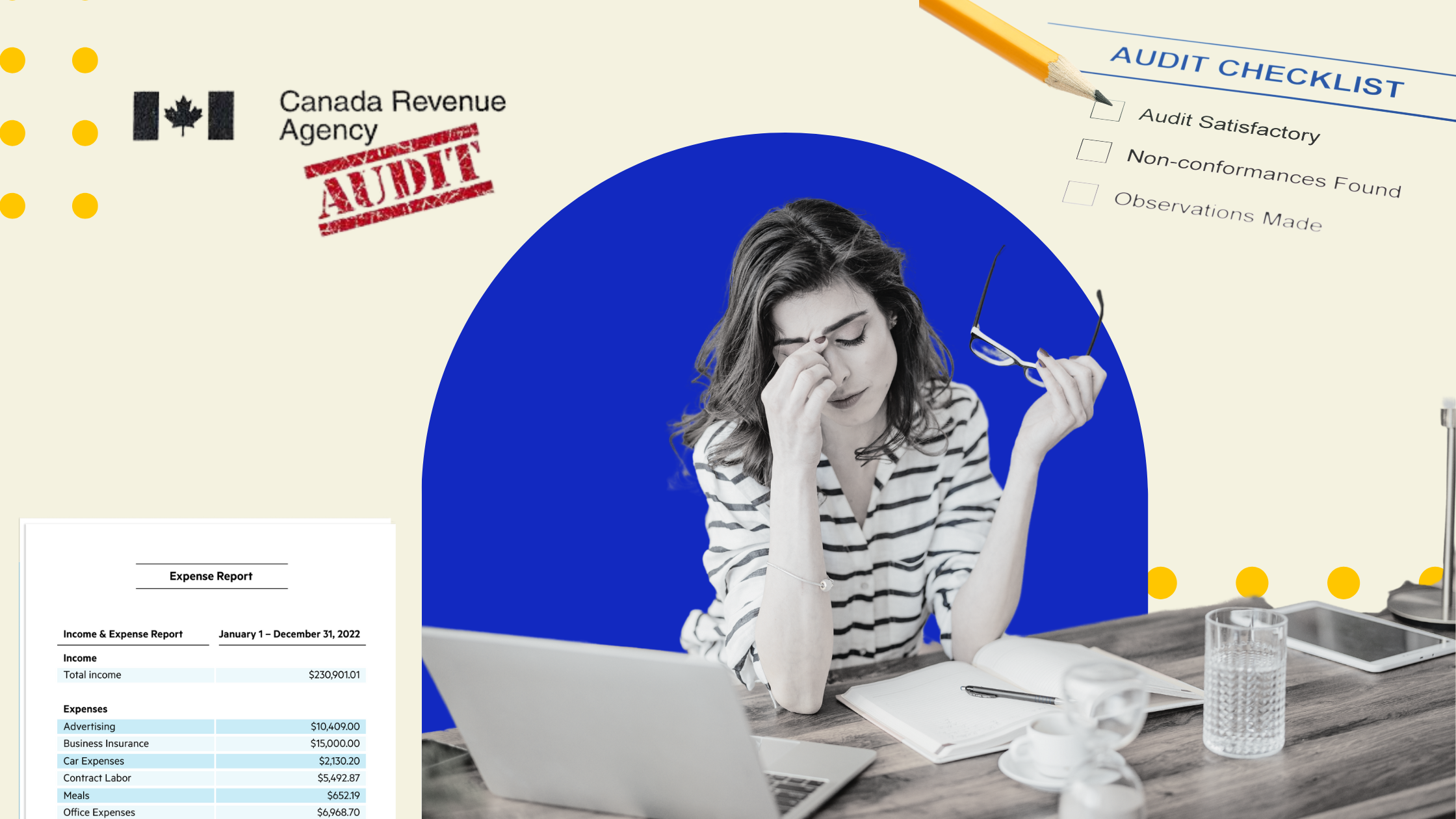A Canada Revenue Agency (CRA) audit is one of the biggest headaches a business owner can face. Audits can be time-consuming, stressful, and—if mistakes are found—costly. While some audits are random, many are triggered by specific red flags in tax returns and financial records.
Understanding these common audit triggers can help you stay compliant and avoid unnecessary scrutiny. In this blog, we’ll break down the key mistakes that can put your business on the CRA’s radar and how to avoid them.
🚨 1. Failing to Report All Income
The CRA cross-checks income from various sources, so any discrepancies can trigger an audit. Business owners who fail to report dividends, rental income, cash transactions, or sales proceeds may raise suspicion.
✅ How to Avoid It: Ensure all revenue sources are properly recorded and reported in your tax filings. Keep detailed records and cross-check them with CRA documents.
💵 2. Handling Large Cash Transactions
Businesses that deal primarily in cash—like restaurants, bars, and contractors—are at a higher risk of being audited. The CRA scrutinizes these industries closely due to the potential for underreported income.
✅ How to Avoid It: Keep accurate records of all cash transactions, deposit cash income regularly into business accounts, and issue receipts for all sales.
📊 3. Rounding Off Transaction Amounts
Consistently rounding numbers to whole amounts suggests a lack of precise record-keeping. The CRA looks for accuracy in tax filings, and rounded figures can make them suspicious.
✅ How to Avoid It: Always report exact amounts from invoices, receipts, and bank statements. Use accounting software to ensure accuracy.
📜 4. A History of Investigations or Audits
If your business has been audited before and discrepancies were found, the CRA is more likely to keep an eye on your tax filings in the future.
✅ How to Avoid It: Learn from past audits by correcting errors and working with a professional accountant to ensure ongoing compliance.
🏠 5. Overstating Business Expenses & Home Office Claims
Claiming 100% of vehicle, meals, travel, or home office costs can be a red flag unless you have strong evidence to justify it. The CRA allows only 50% of meals and entertainment expenses to be claimed, and home office claims must be exclusively for business use.
✅ How to Avoid It: Be realistic and honest with expense claims and keep detailed receipts to support deductions.
👨👩👧👦 6. Overcompensating Family Members
Paying spouses or children excessive salaries to reduce tax liability can lead to CRA scrutiny.
✅ How to Avoid It: Ensure that family members are paid fairly for the work they actually perform, and keep records of their job descriptions and responsibilities.
🎗️ 7. Excessive Charitable Donations
While charitable donations are tax-deductible, donating an unusually large amount compared to your income can raise red flags—especially if the charity is not registered with the CRA.
✅ How to Avoid It: Only donate to CRA-registered charities, and keep official donation receipts for your records.
📉 8. Reporting Consecutive Years of Losses
If your business reports losses year after year, the CRA may question whether it’s a legitimate business or simply a tax shelter.
✅ How to Avoid It: Keep records proving business intent, including marketing efforts, client invoices, and growth strategies.
🛑 How to Stay Audit-Proof
To minimize the risk of a CRA audit, focus on:
🔹 Keeping detailed, organized records of income, expenses, and transactions.
🔹 Ensuring tax filings match bank statements and financial records.
🔹 Using professional accounting software to track financials accurately.
🔹 Consulting with an accountant to ensure compliance and reduce risk.
By understanding what triggers CRA audits and proactively managing your business finances, you can avoid unnecessary scrutiny and keep your business running smoothly. 🚀
Need expert guidance? A professional accountant can help you stay compliant and maximize deductions—without raising red flags. Let’s talk! 💬



.png)
.png)
